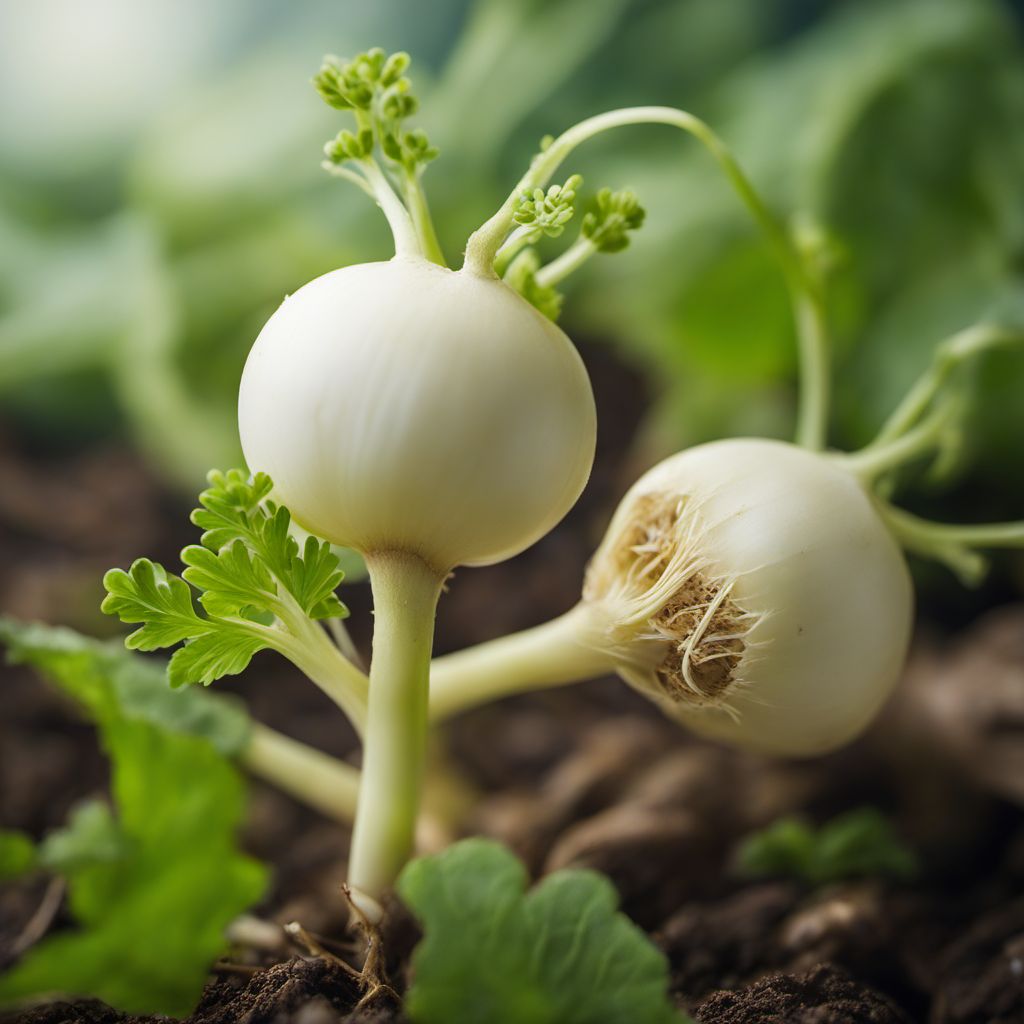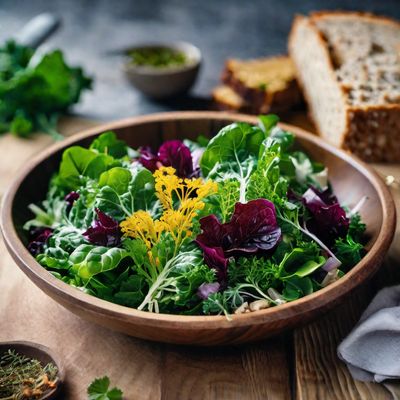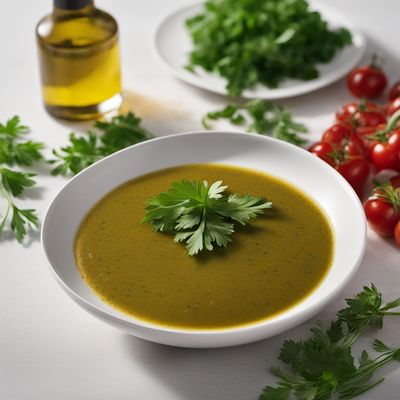
Ingredient
Turnip-rooted chervil
Delicate Herb with a Peppery Twist
Turnip-rooted chervil is a root vegetable that resembles a small turnip or radish. It has a crisp texture and a slightly spicy, peppery taste. The leaves of the plant can also be used as an herb, providing a milder flavor reminiscent of parsley or celery.
Origins and history
Turnip-rooted chervil has a long history and is believed to have originated in the Mediterranean region. It has been used in culinary preparations for centuries, particularly in French and Mediterranean cuisines. The root vegetable is often pickled or used in salads, while the leaves are used as a garnish or added to soups and stews.
Nutritional information
Turnip-rooted chervil is low in calories and a good source of dietary fiber. It also contains essential vitamins and minerals, including vitamin C, potassium, and calcium.
Allergens
There are no known allergens associated with turnip-rooted chervil.
How to select
When selecting turnip-rooted chervil, choose roots that are firm, smooth, and free from blemishes or soft spots. The leaves should be vibrant green and fresh-looking. Avoid any signs of wilting or discoloration.
Storage recommendations
To store turnip-rooted chervil, remove the leaves from the roots and store them separately. Place the roots in a perforated plastic bag and store them in the refrigerator for up to a week. The leaves can be stored in a plastic bag or container lined with a damp paper towel in the refrigerator for a few days.
How to produce
Turnip-rooted chervil can be grown in a home garden by sowing seeds directly into well-drained soil. It prefers cool temperatures and partial shade. Regular watering and proper soil preparation are essential for successful cultivation.
Preparation tips
Turnip-rooted chervil leaves can be used as a garnish for salads, soups, and roasted vegetables. The roots can be pickled, sliced and added to salads, or used as a crunchy addition to sandwiches. The leaves can also be chopped and added to sauces, marinades, or herb butters for an extra burst of flavor.
Culinary uses
Turnip-rooted chervil is primarily used in French and Mediterranean cuisines. It is commonly found in salads, soups, and vegetable dishes. The leaves are often used as a garnish for added freshness and flavor.
Availability
Turnip-rooted chervil is cultivated in various regions around the world, including Europe, North America, and parts of Asia. It is commonly available in farmers markets, specialty grocery stores, and some supermarkets.
More ingredients from this category
Recipes using Turnip-rooted chervil

New Nordic Caesar Salad
Nordic Twist on a Classic: New Nordic Caesar Salad

Curried Goat and Pigeon Peas with Liechtensteiner Twist
Liechtensteiner Spiced Goat Stew with Pigeon Peas

Hunan-style Kerbelsuppe
Fiery Herb Soup: A Hunan Twist on a German Classic

Sauce Ravigote
Herbaceous Delight: Sauce Ravigote
